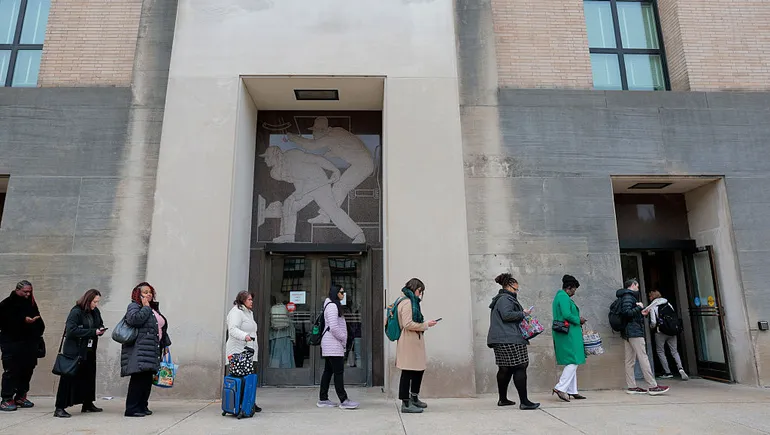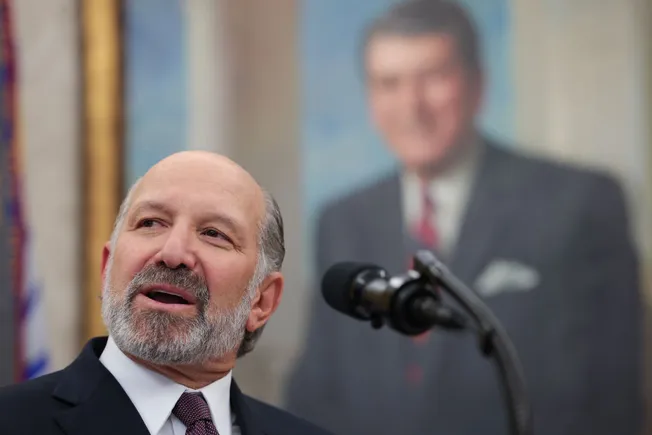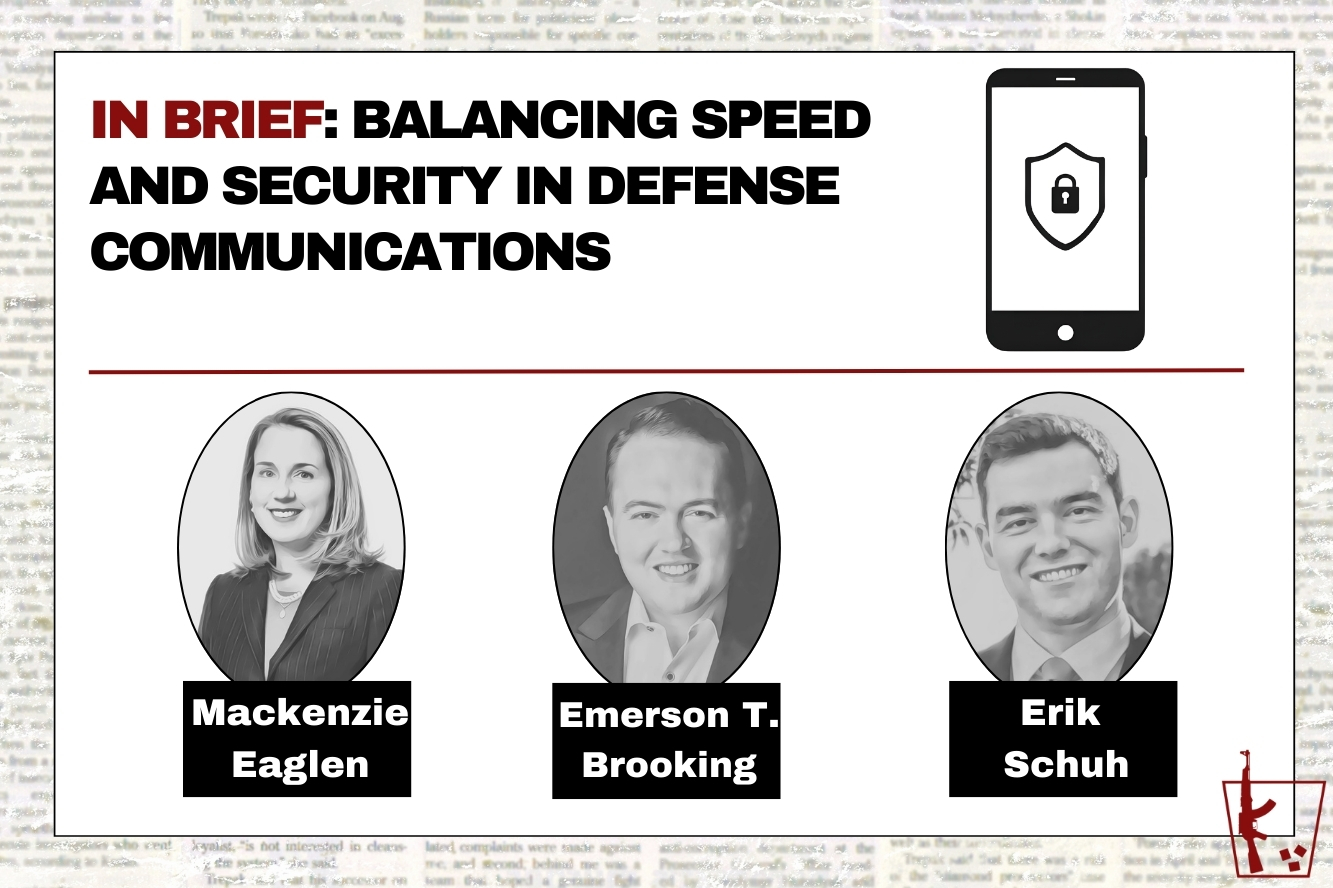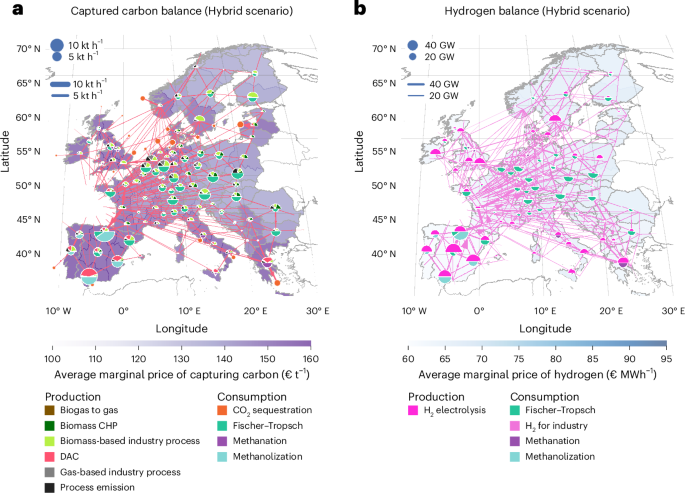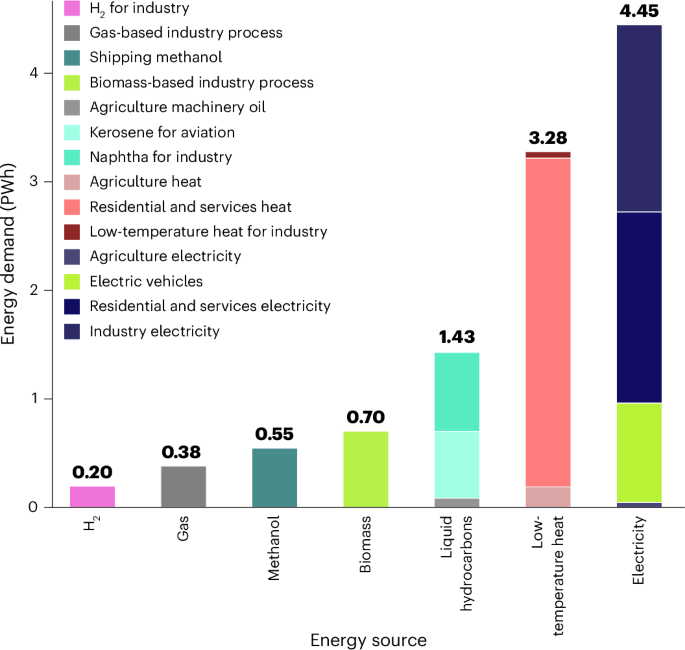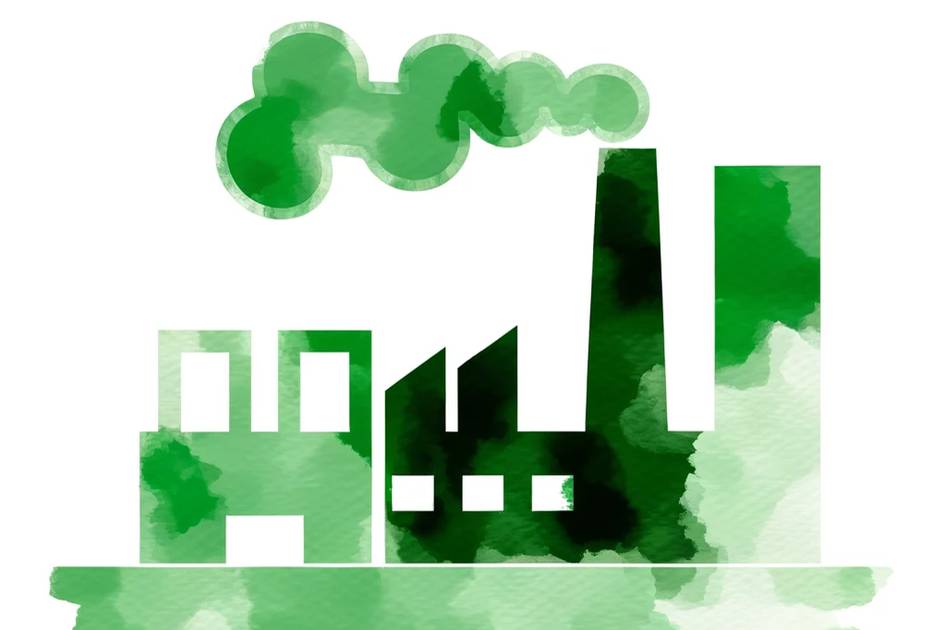Opinion: The invisibility of good public health work
“There is a mission to do”: How two local public health officials are tackling their work in a moment of uncertainty.

While the upheaval at the Department of Health and Human Services is getting more headlines, local public health organizations are also facing a moment of reckoning. Major cuts are leaving public health departments with fewer resources and employees. And that will have immediate ramifications, said Raynard Washington, director of Mecklenburg County Public Health in North Carolina, and Michelle Taylor, health officer and director of the Shelby County Health Department in Tennessee. I spoke to them on the most recent episode of the “First Opinion Podcast.” Our conversation was inspired by their recent First Opinion essay on the threat posed by the closure of the Centers for Disease Control and Prevention’s Office of HIV Prevention.
“A lot of times public health is invisible until it’s bad,” Taylor told me. When public health officials are at their best — promoting preventative medicine, contact-tracing exposure to infectious disease — few people notice. It’s only when things get tougher that the community starts to pay attention — and that may come soon. Taylor’s county is currently facing a rise in HIV infection, particularly among people under the age of 24. She attributed that rise at least in part to a lack of comprehensive sex education in Tennessee schools. This spike in HIV transmission is particularly upsetting, as Taylor and Washington wrote in their op-ed, because back in 2019, President Trump announced a goal of eradicating HIV in the U.S. by 2030.









































































